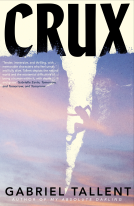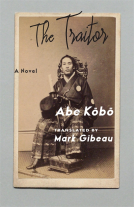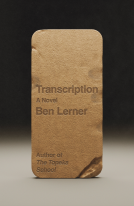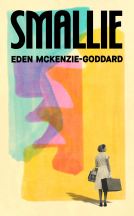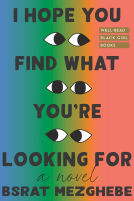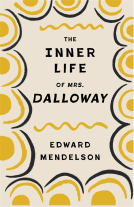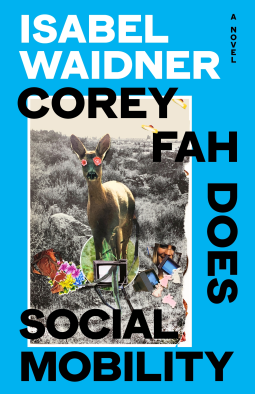
Corey Fah Does Social Mobility
by Isabel Waidner
This title was previously available on NetGalley and is now archived.
Send NetGalley books directly to your Kindle or Kindle app
1
To read on a Kindle or Kindle app, please add kindle@netgalley.com as an approved email address to receive files in your Amazon account. Click here for step-by-step instructions.
2
Also find your Kindle email address within your Amazon account, and enter it here.
Pub Date Jul 13 2023 | Archive Date Jul 14 2023
Talking about this book? Use #CoreyFahDoesSocialMobility #NetGalley. More hashtag tips!
Description
SHORTLISTED FOR THE ARTHUR C. CLARKE AWARD 2024
LONGLISTED FOR THE NOTA BENE PRIZE 2024
The radical, joyful follow-up to the Goldsmiths Prize-winning Sterling Karat Gold.
This is the story of Corey Fah, a writer on the cusp of a windfall, courtesy of the Social Evils prize committee, for whom the actual gong - and with it the prize money - remains tantalizingly out of reach.
Neon beige, with UFO-like qualities, the elusive trophy leads Corey, with partner Drew and surprise eight-legged companion Bambi Pavok, on a spectacular detour through their childhood in the Forest - via an unlikely stint on reality TV. Navigating those twin horrors, through wormholes and time loops, Corey learns - the hard way - the difference between a prize and a gift.
Both radiant and revolutionary, Isabel Waidner's fiction gleefully takes a hammer to false binaries, boundaries and borders, turning walls into bridges and words into wings. Fierce, fluid and funny, they free us to imagine another way of being.
This is a novel about coming into one's own, the labour of love, the tendency of history to repeat itself and the pitfalls of social mobility. It's about watching TV with your lover.
'A head-spinning, mind-bending roller coaster of fun, horror, and subversion. I love it' Kamila Shamsie
'Reading Waidner is like plugging into an electric socket of language and ideas' Guardian
Available Editions
| EDITION | Other Format |
| ISBN | 9780241632536 |
| PRICE | £12.99 (GBP) |
| PAGES | 160 |
Available on NetGalley
Average rating from 25 members
Readers who liked this book also liked:
Bsrat Mezghebe
General Fiction (Adult), Literary Fiction, Multicultural Interest
